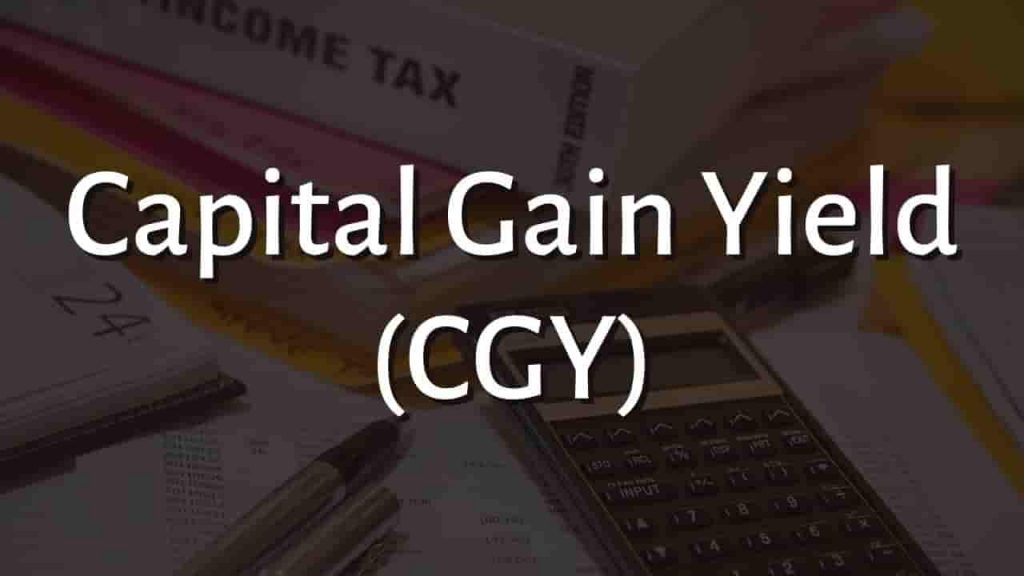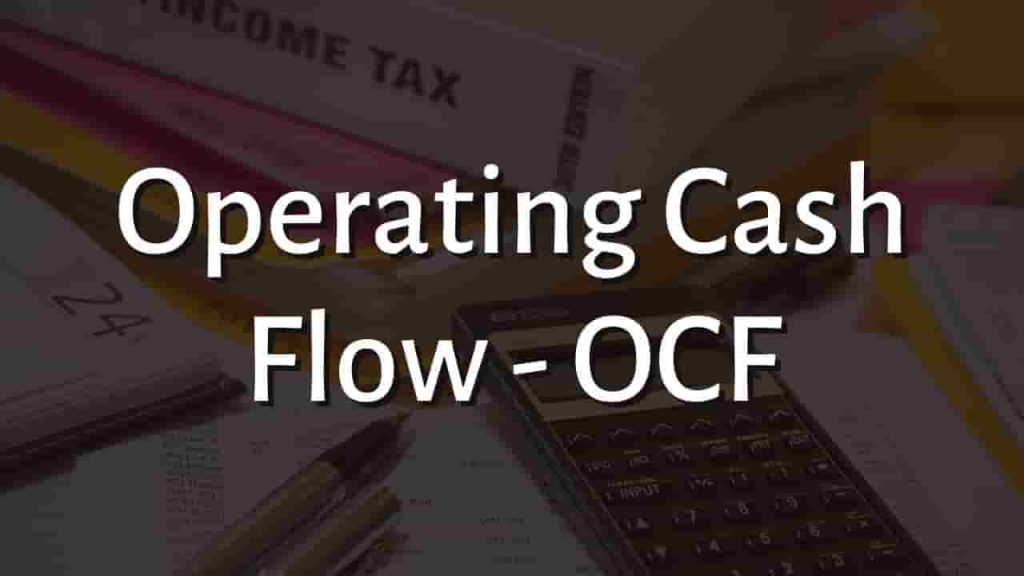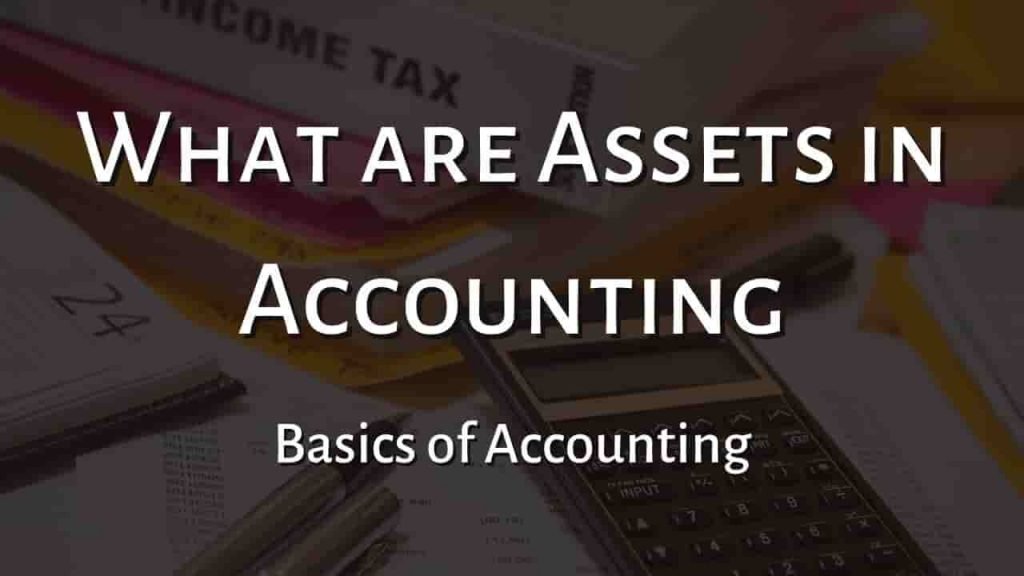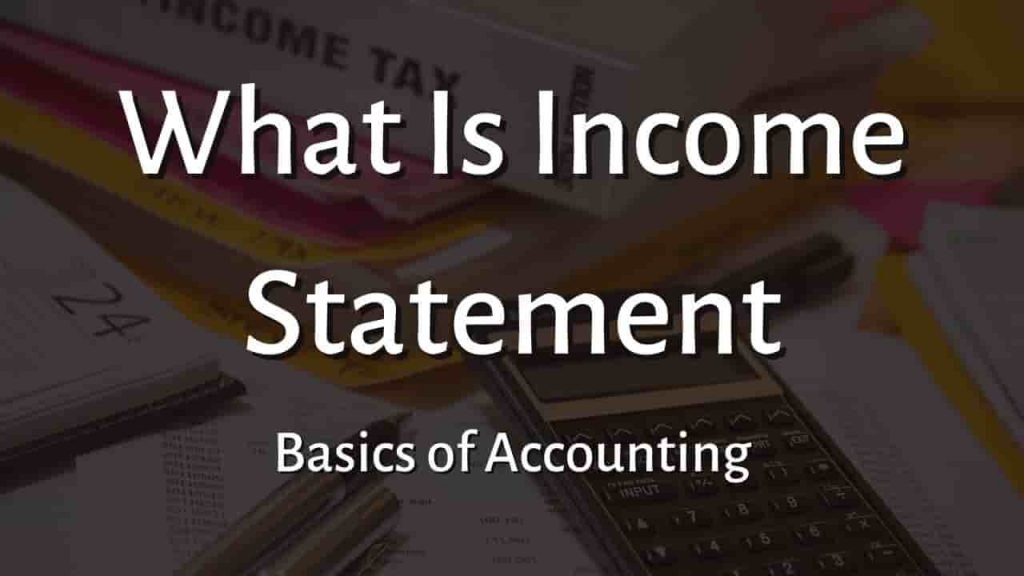Capital Gain Yield – CGY
Capital gains yield is the percentage increase in a stock’s price over a given period of time. In other words, capital gain yield is the difference between the stock price at the end of a period and the stock price at the beginning of the period.
For example, if a stock costs $100 and is later sold for $125, the capital gains yield is 25%. There is no capital gains return if the price of an investment falls below its acquisition price.
This concept excludes dividends and is only focused on fluctuations in the price of an investment. An investor must combine the capital gains yield with the dividend yield to compute the overall return on a share.
Capital Gain Yield Formula
The capital Gain Yield formula is used when we want to determine how much return we will earn based only on the appreciation or depreciation of stock.
Capital gains yield = (P1 – P0) / P0
Where P1 is the stock’s ending price and P0 is the stock’s beginning price.
The capital gains yield formula computes the rate of change in the stock price. In other words, to calculate the rate of change in the stock price, we simply subtract the stock’s ending price from the initial stock price and divide the result by the initial stock price.
How to Calculate Capital Gain Yield
Capital gains yield is a reasonably straightforward measure to compute. To compute the capital gains yield, you must first do the following four steps:
- Calculate the purchase price of your investment.
- Calculate the current value of your investment.
- Calculate your investment’s capital gains.
- Determine the capital gains yield.
Consider the following example of computing capital gains yield. If you buy a stock for $300 and sell it for $330.
The capital gains yield on this stock investment will be:
Capital gains yield = (P1 – P0) / P0
Capital gains yield = (330 – 300) / 300 = 10%
Benefits of Calculating Capital Gains Yield
In general, capital gains and dividend returns are taxed at separate rates. Capital gains are typically taxed at a greater rate than dividend payouts. As a result, it is critical to learn how to calculate capital gains yield on stock so that you know how much tax you must pay on your investment.
Calculating the capital gains yield also allows you to see where your profits are coming from. Most investors prefer dividend returns because they are more stable and have a lower tax rate. You will be able to change your portfolio properly if you have a better grasp of the returns on your assets.
Calculating and comprehending the capital gains yield can also provide insight into the volatility of your investment. If your investment’s capital gains yield swings a lot in a short period of time, it might be related to the excessive volatility of your investment.
Overall, capital gains yield tax is a very useful tool for measuring the returns on your assets. It is important to remember, however, that dividend returns can also add significantly to your return. As a result, it is important to consider them as well.
Why do you need to Calculate Capital Gain Yield
When attempting to estimate return from investments that do not generate cash flow in a way that simulates cashflow returns, capital gains yield is very beneficial. It is important for investors since it displays the returns on investment based on capital appreciation.
It is crucial to note that estimating a fair return on Capital Gains Yield alone is challenging since it is greatly reliant on the time we calculate for as well as the price volatility of the stock.
Difference Between Capital Gain Yield and Dividend Yield
Both capital yield and dividend yield are corporate financial statistics that represent the percentage change in investment.
The primary distinction between capital yield and the dividend yield is that capital yield is the price appreciation on investment, whereas dividend yield is the proportion of dividend paid out to shareholders as a percentage of stock price.
The capital gain yield is the proportion of an investment’s price increase or growth in the price of common stock. It is estimated as a rise in the cost of an investment. Capital yield is computed by deducting dividend payments.
Capital gains yield = (P1 – P0) / P0
The dividend yield is a financial statistic that measures the proportion of cash dividends paid out to shareholders in relation to the stock price. The dividend yield formula may be used to calculate it. It is sometimes referred to as the Dividend Price Ratio.
Dividend yield formula = Annual dividend per share / Price per share * 100
For more click here and if you are looking for full forms of different acronyms and words then check out this list you really gonna find this helpful. We also have an Essay on every topic, Check the complete list here. If you are Studying in Matric Free Video Lectures of Maths, Physics and English are here, and we have got you covered for I.COM Business Maths also.







